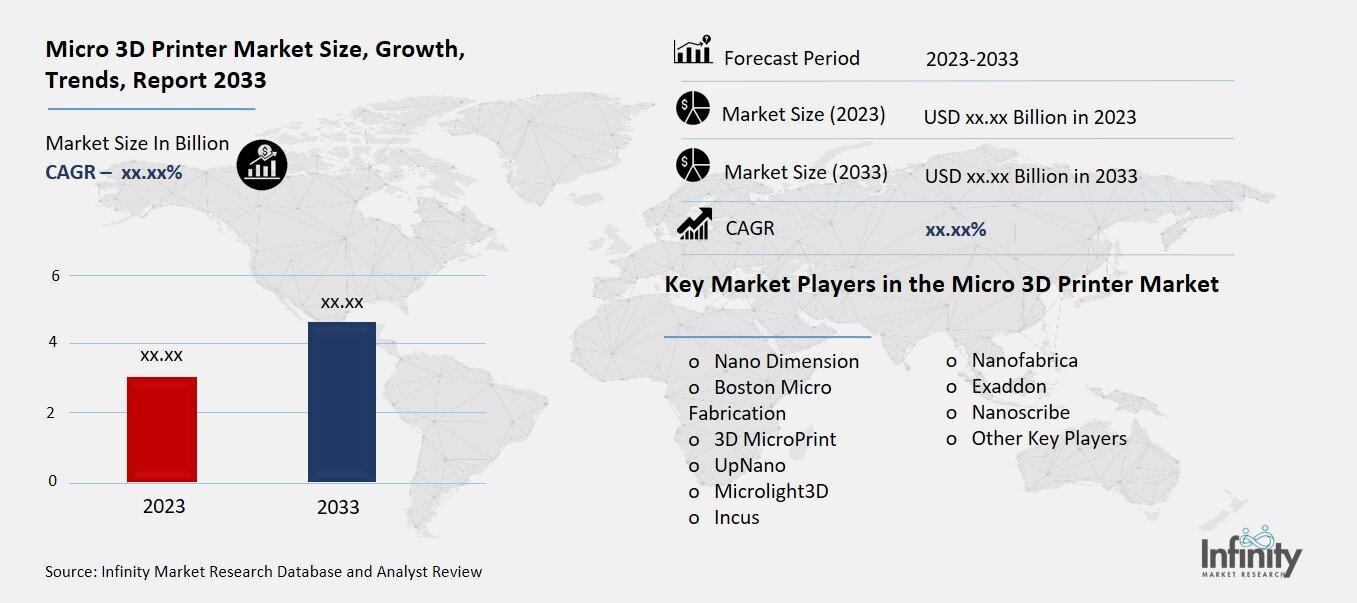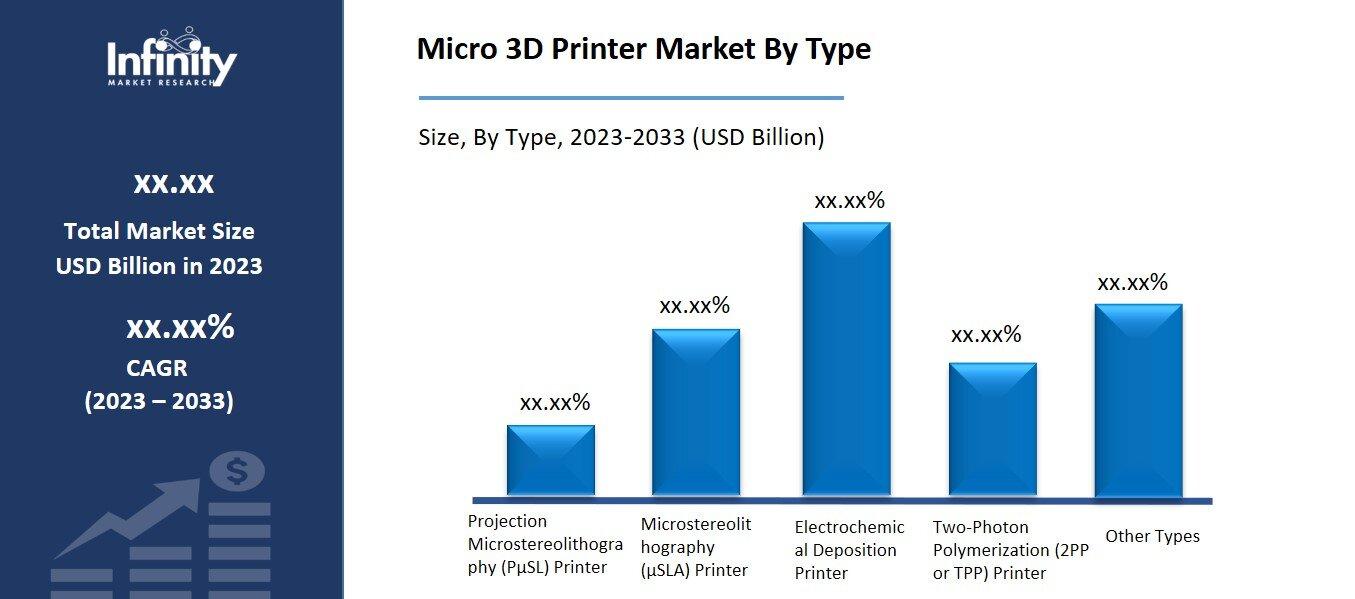
🔐 Secure Payment Guaranteed
Safe checkout with trusted global payment methods.
🌟 Why Choose Infinity Market Research?
At Infinity Market Research, we dont just deliver data — we deliver clarity, confidence, and competitive edge.
In a world driven by insights, we help businesses unlock the infinite potential of informed decisions.
Here why global brands, startups, and decision-makers choose us:
Industry-Centric Expertise
With deep domain knowledge across sectors — from healthcare and technology to manufacturing and consumer goods — our team delivers insights that matter.
Custom Research, Not Cookie-Cutter Reports
Every business is unique, and so are its challenges. Thats why we tailor our research to your specific goals, offering solutions that are actionable, relevant, and reliable.
Data You Can Trust
Our research methodology is rigorous, transparent, and validated at every step. We believe in delivering not just numbers, but numbers that drive real impact.
Client-Centric Approach
Your success is our priority. From first contact to final delivery, our team is responsive, collaborative, and committed to your goals — because you re more than a client; you re a partner.
Recent Reports
Global Myopia Control Lenses Market Report 2025-33
Hyaluronic Acid-based Dermal Fillers Market Report
Micro 3D Printer Market
Global Micro 3D Printer Market (By Type, Projection Microstereolithography (PµSL), Printer, Microstereolithography (µSLA) Printer, Electrochemical Deposition Printer, Two-Photon Polymerization (2PP or TPP) Printer, and Other Types; By Application, Electronics, Medical, Optics, Aerospace, Semiconductor, Automotive, and Other Applications; By Region and Companies), 2024-2033
Oct 2024
Information and Communication Technology
Pages: 138
ID: IMR1259
Micro 3D Printer Market Overview
Global Micro 3D Printer Market acquired the significant revenue of XX Billion in 2023 and expected to be worth around USD XX Billion by 2033 with the CAGR of XX% during the forecast period of 2024 to 2033. Micro 3D printer market is emerging as new opportunities in micro scale manufacturing and development of innovations in additive manufacturing technology. These portable and negligibly sized 3D printers are perfect for micro and nano-dimensioned intricate parts, conventionally utilized in the electronics, medical devices, aerospace and automotive industries in applications including but not limited to prototyping, end user part production, and microfluidics.

The market is further influenced by development of microfabrication technology used in various applications like the biotechnology which requires precision and miniaturization. Steady advancements in materials and print resolutions will only add to the growth that seems inevitable; an increasing number of players are set to deliver targeted micro 3D printing solutions for industrial and research applications.
Drivers for the Micro 3D Printer Market
Growth in Medical and Biotech Applications
Micro 3D printing is on the rise in creating microfluidic devices, tissue engineering and many other healthcare technologies hence revolutionizing the medical and biotech industry. Microfluidic systems that allow handling of extremely small volumes of fluid and encompass channels that have a cross-section of less than one millimeter are vital in diagnostics, drug delivery and in the development of integrated systems that perform a number of laboratory functions. Micro 3D printers are used to fabricate the intricate components of these structures since they minimize the time taken and the cost incurred while improving the extent of customization. In the tissue engineering, micro 3D printing is employed to design and fabricate the micro architecture of scaffold that resemble the native extracellular matrix in order to support the cell growth in regeneration medicine and organ replacement therapies.
Restraints for the Micro 3D Printer Market
Limited Material Variety
Despite ongoing material innovation, the range of materials available for micro 3D printing remains restricted, posing a challenge for broader adoption across industries. Micro 3D printers require specialized materials that can maintain structural integrity and high precision at smaller scales, limiting the options currently available. Commonly used materials include certain resins, metals, and polymers, but many industries require materials with specific mechanical, chemical, or biological properties that are not yet fully compatible with micro-scale 3D printing. For example, in sectors like aerospace and healthcare, there is a demand for biocompatible materials or high-strength alloys, which are still under development for micro 3D printing applications.
Opportunity in the Micro 3D Printer Market
Expanding Applications in Bioprinting
Micro 3D printing technology is unlocking new possibilities in tissue engineering, drug testing, and regenerative medicine by enabling the creation of highly precise, customizable structures at a microscale. In tissue engineering, micro 3D printers are used to fabricate scaffolds that mimic the complex architecture of human tissues, providing a supportive environment for cell growth and tissue regeneration. This is essential for developing tissue models that can be used to repair or replace damaged organs, offering potential solutions for organ shortages in transplants.
In drug testing, micro 3D printing allows researchers to create highly detailed models of human tissues or microfluidic systems, enabling more accurate and efficient in-vitro drug testing. These models can replicate the behavior of real human tissues, reducing the reliance on animal testing and providing faster, more reliable results in drug development.
Trends for the Micro 3D Printer Market
Integration with AI and automation
Incorporating AI and machine learning into micro 3D printing processes is revolutionizing the precision and efficiency of additive manufacturing at the microscale. AI algorithms can analyze large datasets to optimize print parameters, such as layer thickness, print speed, and material flow, resulting in higher accuracy and fewer errors in complex microstructures. Machine learning models, on the other hand, can predict potential issues during the printing process, such as warping or material inconsistencies, allowing for real-time adjustments that enhance print quality and reduce waste.
Moreover, AI-driven systems can streamline design iterations by learning from previous prints, improving the speed of prototyping and production cycles. This is particularly beneficial in industries like healthcare and electronics, where the precision of microfabrication is critical. AI can also be integrated into quality control processes, automatically detecting defects or deviations from the desired specifications, ensuring consistent production standards.
Segments Covered in the Report
By Type
o Projection Microstereolithography (PµSL) Printer
o Microstereolithography (µSLA) Printer
o Electrochemical Deposition Printer
o Two-Photon Polymerization (2PP or TPP) Printer
o Other Types
By Application
o Electronics
o Medical
o Optics
o Aerospace
o Semiconductor
o Automotive
o Other Applications
Segment Analysis
By Type Analysis
On the basis of type, the market is divided into projection microstereolithography (PµSL), printer, microstereolithography (µSLA) printer, electrochemical deposition printer, two-photon polymerization (2PP or TPP) printer, and other types. Among these, two-photon polymerization (2PP or TPP) printer segment acquired the significant share in the market. TPP printers are highly valued for their ability to achieve ultra-high precision and resolution, making them ideal for fabricating complex microstructures at the nanoscale. This capability is particularly critical in industries like biomedical engineering, microelectronics, and photonics, where intricate designs and fine details are essential. The increasing demand for advanced applications in tissue engineering, microfluidics, and nanotechnology has further boosted the adoption of TPP printers, driving their prominence in the market.

By Application Analysis
On the basis of application, the market is divided into electronics, medical, optics, aerospace, semiconductor, automotive, and other applications. Among these, medical segment held the prominent share of the market due to the increasing use of micro 3D printing technology in areas such as tissue engineering, medical device manufacturing, and drug testing. Micro 3D printers are instrumental in creating highly detailed and customizable components like microfluidic devices, biocompatible implants, and scaffolds for tissue regeneration. The demand for personalized healthcare solutions, including patient-specific prosthetics and implants, has significantly driven the adoption of micro 3D printing in the medical field.
Regional Analysis
North America Dominated the Market with the Highest Revenue Share
North America held the most of the share of 34.1% the market. The region's advanced industrial base, particularly in sectors such as healthcare, aerospace, and electronics, has spurred the adoption of cutting-edge 3D printing technologies. In the healthcare sector, North America has seen significant demand for micro 3D printing for applications like medical devices, tissue engineering, and drug testing, owing to the presence of leading medical research institutions and biotechnology companies.
Additionally, strong government support for innovation, along with high R&D investments by companies in the region, has fostered technological advancements in micro 3D printing. The region's leadership in technology development and its robust infrastructure for adopting advanced manufacturing techniques contribute to North America's commanding share of the global micro 3D printing market.
Competitive Analysis
The competitive landscape of the micro 3D printing market is characterized by a dynamic mix of established players and emerging startups, all vying for market share through innovation and technological advancements. Key players, such as 3D Systems, Stratasys, Materialise, and Nanoscribe, dominate the market by offering a diverse range of high-performance micro 3D printing solutions tailored for specific applications in sectors like medical, electronics, and aerospace. These companies invest heavily in research and development to enhance print precision, expand material capabilities, and improve overall efficiency.
Recent Developments
In August 2024, Bright Laser Technologies announced a new high-precision metal additive manufacturing (AM) technology designed specifically for producing micro-sized components.
Key Market Players in the Micro 3D Printer Market
o Nano Dimension
o Boston Micro Fabrication
o 3D MicroPrint
o UpNano
o Microlight3D
o Incus
o Nanofabrica
o Exaddon
o Nanoscribe
o Other Key Players
|
Report Features |
Description |
|
Market Size 2023 |
USD XX Billion |
|
Market Size 2033 |
USD XX Billion |
|
Compound Annual Growth Rate (CAGR) |
XX% (2023-2033) |
|
Base Year |
2023 |
|
Market Forecast Period |
2024-2033 |
|
Historical Data |
2019-2022 |
|
Market Forecast Units |
Value (USD Billion) |
|
Report Coverage |
Revenue Forecast, Market Competitive Landscape, Growth Factors, and Trends |
|
Segments Covered |
By Type, Application, and Region |
|
Geographies Covered |
North America, Europe, Asia Pacific, and the Rest of the World |
|
Countries Covered |
The U.S., Canada, Germany, France, U.K, Italy, Spain, China, Japan, India, Australia, South Korea, and Brazil |
|
Key Companies Profiled |
Nano Dimension, Boston Micro Fabrication, 3D MicroPrint, UpNano Microlight3D, Incus, Nanofabrica, Exaddon, Nanoscribe, and Other Key Players. |
|
Key Market Opportunities |
Expanding Applications in Bioprinting |
|
Key Market Dynamics |
Growth in Medical and Biotech Applications |
📘 Frequently Asked Questions
1. Who are the key players in the Micro 3D Printer Market?
Answer: Nano Dimension, Boston Micro Fabrication, 3D MicroPrint, UpNano, Microlight3D, Incus, Nanofabrica, Exaddon, Nanoscribe, and Other Key Players.
2. How much is the Micro 3D Printer Market in 2023?
Answer: The Micro 3D Printer Market size was valued at USD xx.xx Billion in 2023.
3. What would be the forecast period in the Micro 3D Printer Market?
Answer: The forecast period in the Micro 3D Printer Market report is 2023-2033.
4. What is the growth rate of the Micro 3D Printer Market?
Answer: Micro 3D Printer Market is growing at a CAGR of xx.xx% during the forecast period, from 2023 to 2033.


🔐 Secure Payment Guaranteed
Safe checkout with trusted global payment methods.
🌟 Why Choose Infinity Market Research?
- Accurate & Verified Data:Our insights are trusted by global brands and Fortune 500 companies.
- Complete Transparency:No hidden fees, locked content, or misleading claims — ever.
- 24/7 Analyst Support:Our expert team is always available to help you make smarter decisions.
- Instant Savings:Enjoy a flat $1000 OFF on every report.
- Fast & Reliable Delivery:Get your report delivered within 5 working days, guaranteed.
- Tailored Insights:Customized research that fits your industry and specific goals.




